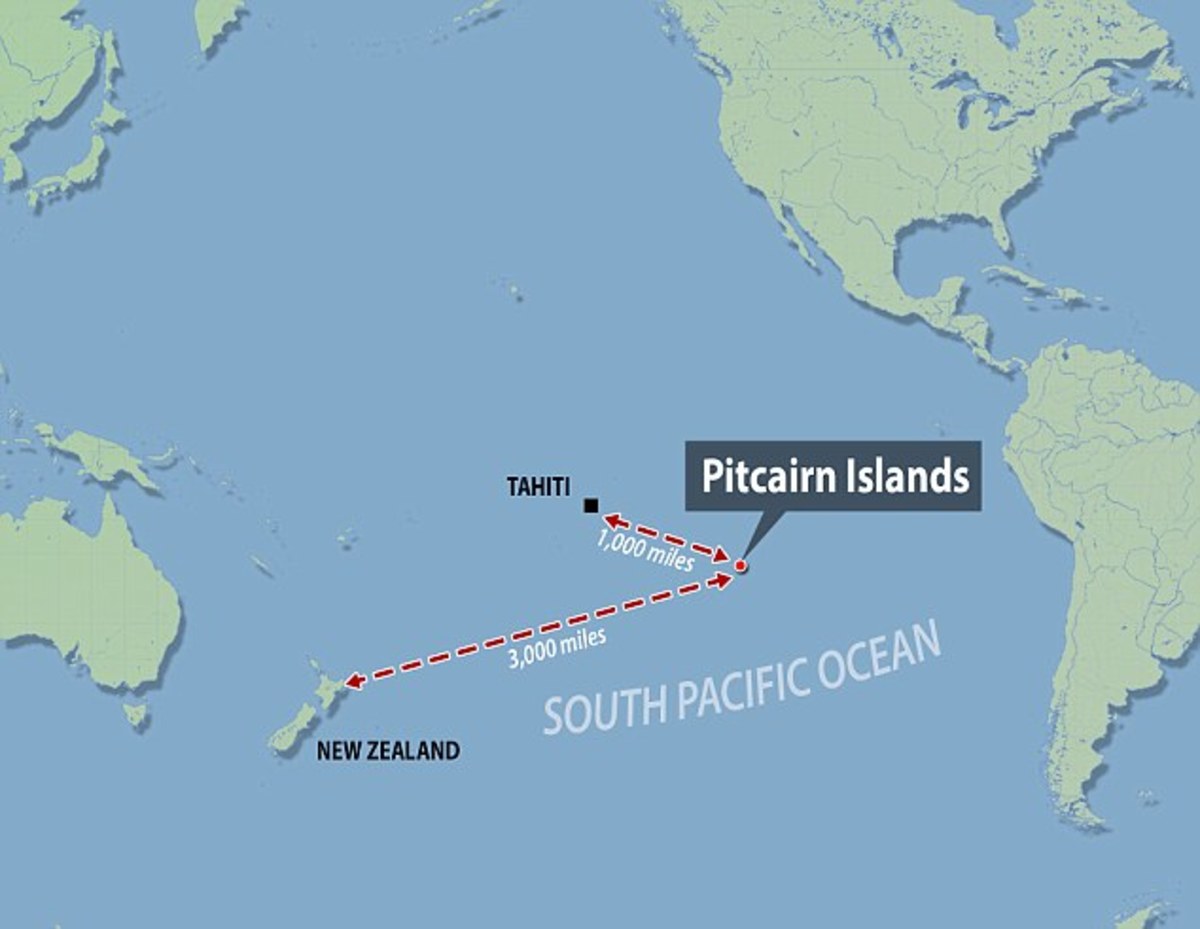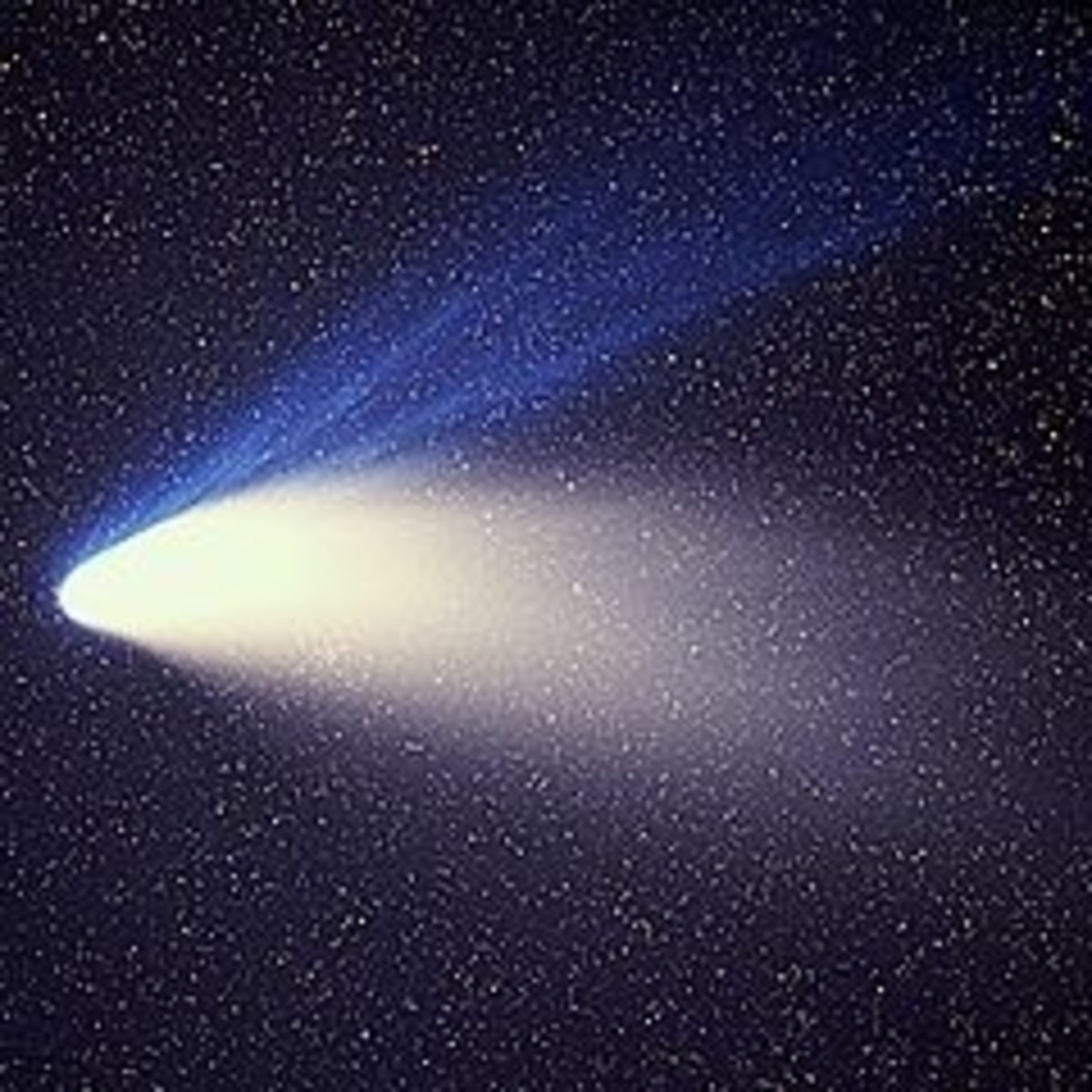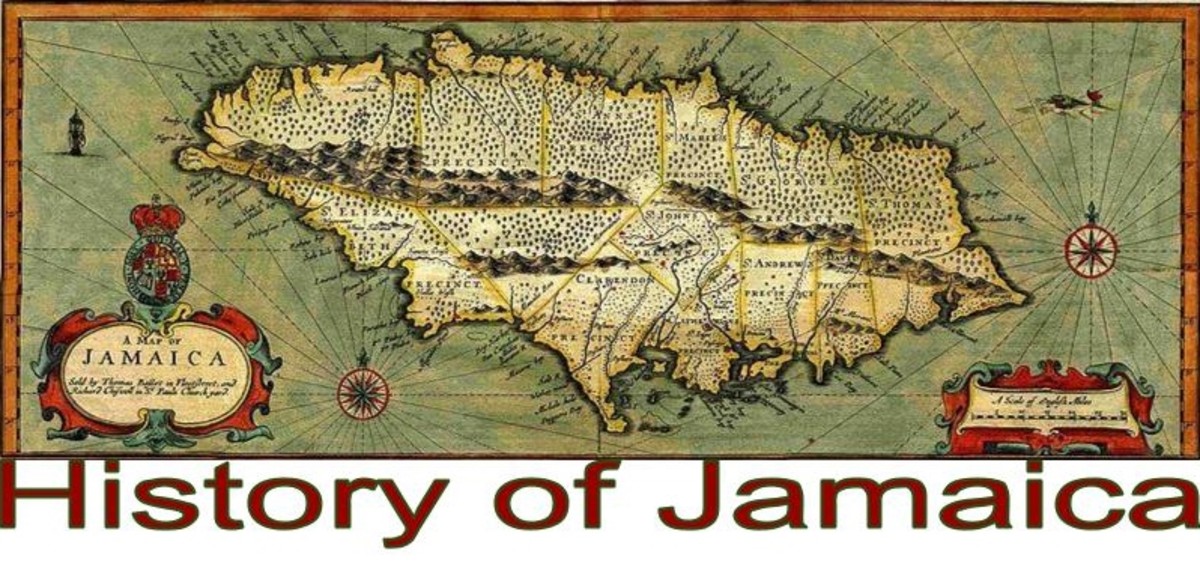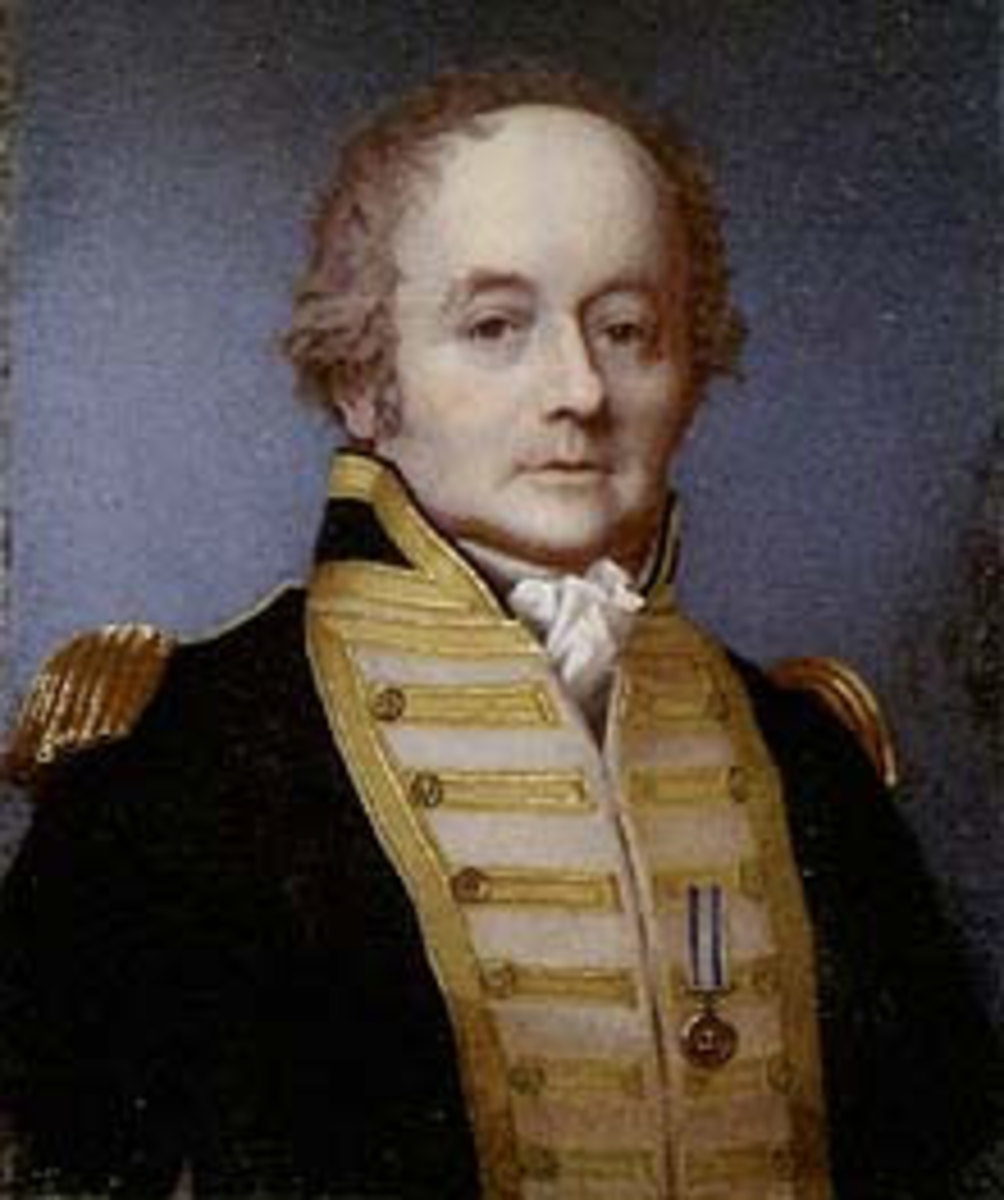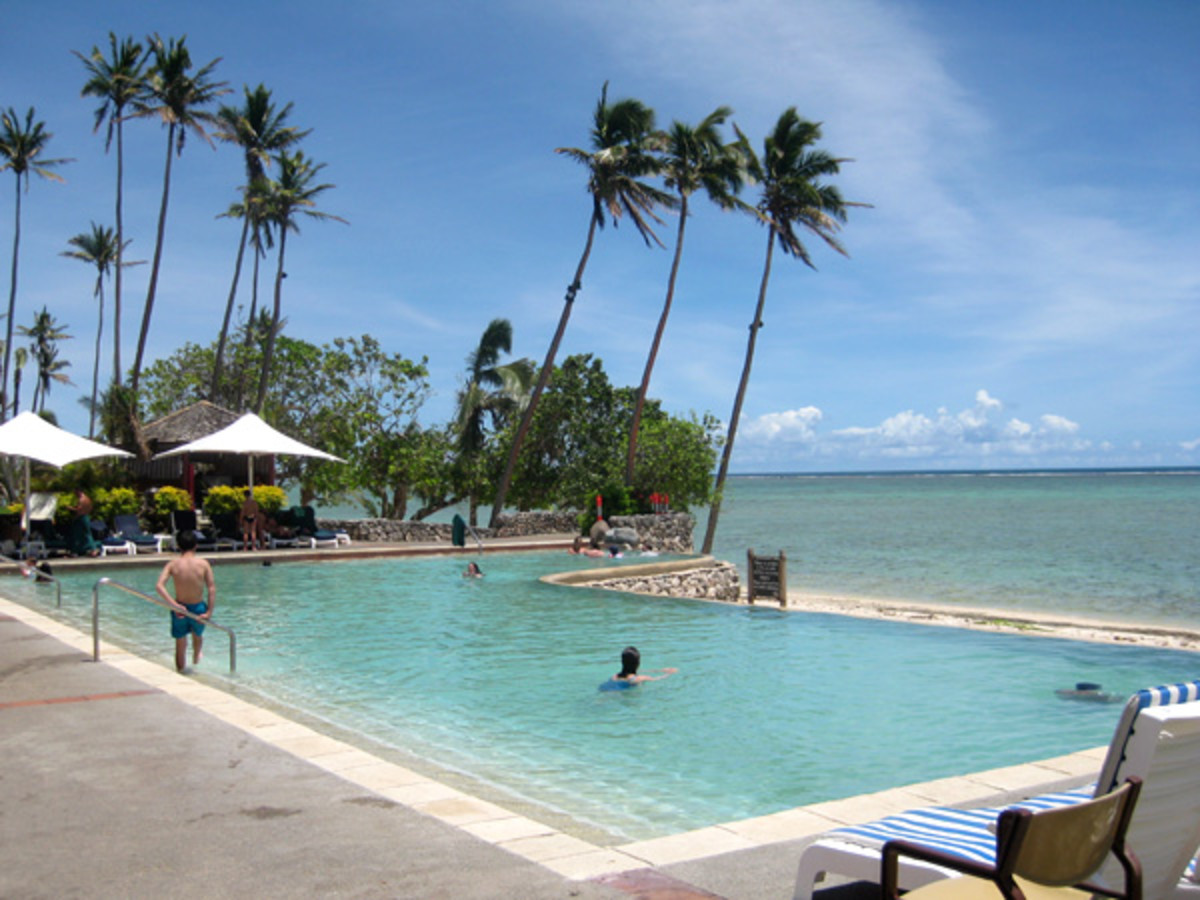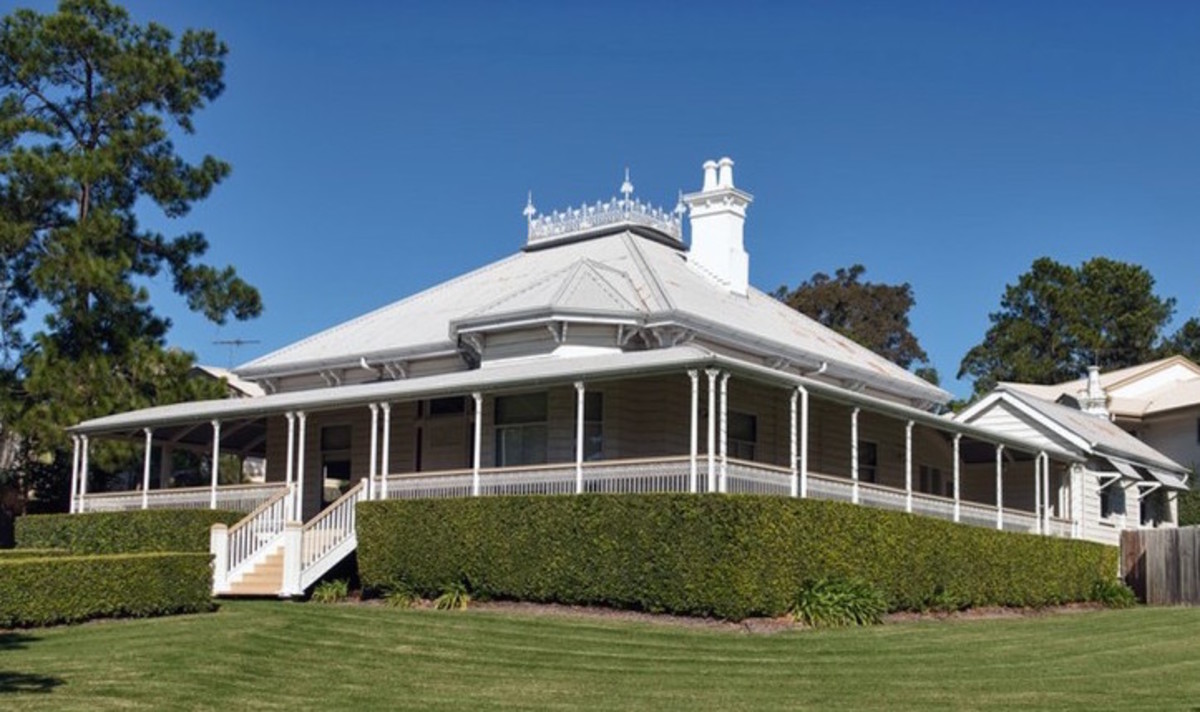Pitcairn Islands
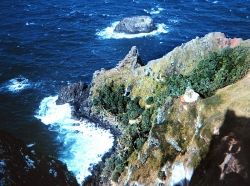
The Remote Pitcairn Islands
Yes, you can get there from here, but it is extremely difficult. The Pitcairn Islands are a very isolated chain of four volcanic islands in the south Pacific Ocean. The islands are a British Overseas Territory (formerly a British colony), the last remaining in the Pacific. Only Pitcairn Island - the second largest - is inhabited.
The Pitcairns are most famous for being the home of the descendants of the Bounty Mutineers and the Tahitians who were with them. This story has been relayed in several books and movies. With roughly 50 inhabitants,The Pitcairns are also notable for being the least populated jurisdiction in the world.
Public domain photo courtesy Wikimedia/NOAA
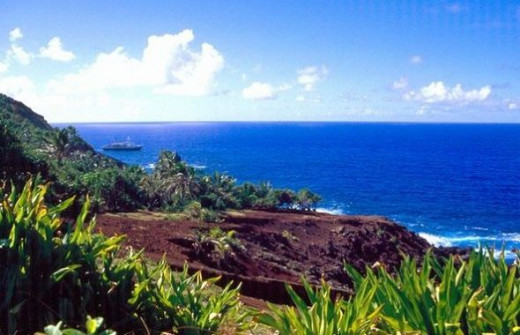
Like many tropical islands, the weather in the Pitcairns is remarkably consistent, with the average temperatures varying just nine degrees from summer to winter.
Creative Commons photo courtesy Wikimedia/makemake
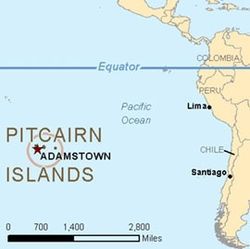
History and Background
Wikipedia Info
The original settlers of the Pitcairn Islands (Ducie, Henderson, Oeno, and Pitcairn) were Polynesians who appear to have lived on Pitcairn and Henderson for several centuries. Although archaeologists believe that Polynesians were living on Pitcairn as late as the 15th century, the islands were uninhabited when they were discovered by Europeans.
Ducie and Henderson Islands are believed to have been discovered by Europeans on January 26, 1606 by Portuguese sailor Pedro Fernandes de Queirós, sailing for the Spanish crown, who named them La Encarnación ("Incarnation") and San Juan Bautista ("Saint John the Baptist"), respectively. However, some sources express doubt about exactly which of the islands were visited and named by Queirós, suggesting that Queirós' La Encarnación may actually have been Henderson Island, and San Juan Bautista may have been Pitcairn Island.
Ducie Island was rediscovered in 1791 by the British Capt. Edwards aboard HMS Pandora and named after Francis, Lord Ducie, a captain in the Royal Navy. It was annexed by Britain on December 19,1902, and in 1938 it was formally incorporated into Pitcairn to become part of a single administrative unit (the "Pitcairn Group of Islands").
Henderson Island was rediscovered on January 17, 1819 by a British Captain James Henderson of the British East India Company ship Hercules. On March 2, 1819, Captain Henry King, sailing aboard the Elizabeth, landed on the island to find the king's colours already flying. His crew scratched the name of their ship into a tree, and for some years the island's name was Elizabeth or Henderson, interchangeably. Henderson Island was annexed by Britain and incorporated into Pitcairn in 1938.
Oeno Island was discovered on January 26, 1824 by U.S. Captain George Worth aboard the whaler Oeno. On July 10, 1902, Oeno was annexed by Britain. It was incorporated into Pitcairn in 1938.
Pitcairn Island itself was discovered on July 3, 1767 by the crew of the British sloop HMS Swallow, commanded by Captain Philip Carteret (though according to some it had perhaps been visited by Queirós in 1606). It was named after Midshipman Robert Pitcairn, a fifteen-year-old crewmember who...(read more)
U. S. Government Public domain image courtesy CDC
This 1916 photo shows the happy population of Pitcairn Islanders in their 'Sunday best' outfits
Public domain photo courtesy Wikimedia
Pitcairn Links
- Pitcairn Islands
Information about visiting or residing on Pitcairn Island, news releases, and other governmental facts. - Pitcairn Islands travel guide - Wikitravel
Open source travel guide to Pitcairn Islands, featuring up-to-date information on attractions, hotels, restaurants, nightlife, travel tips and more. - Pitcairn Islands Political History
Review of the country's history, politics, leaders and international organizations and treaties. Includes map, constitution, national anthem and pictures of ... - Pitcairn Islands Study Center Redirect
Pitcairn Islands Study Center contains the world's largest collection of materials relating to the Mutiny on the Bounty, Captain William Bligh, HMS Bounty, ...
The Seventh-Day Adventist Church of Adamstown
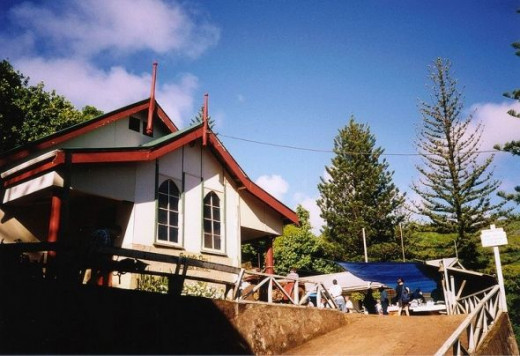
The Seventh-Day Adventist Church is one of the oldest buildings on Pitcairn Island. The Church is located in Adamstown, the island's only town, and therefore its capital.
Creative Commons photo courtesy Wikimedia/makemake
Pitcairn Poll
Do the Pitcairns sound like a place you would like to visit?
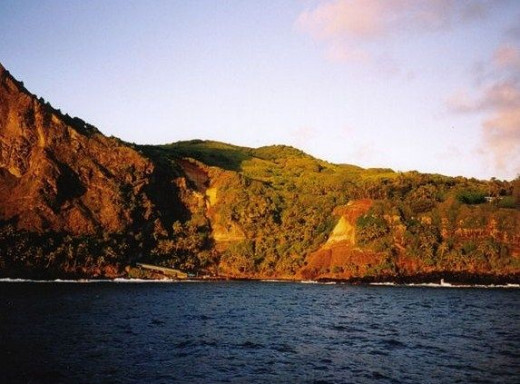
Picturesque Bounty Bay at dawn
Creative Commons photo courtesy Wikimedia/makemake
Pitcairn Islands Travel Guide
- Travel to the Pitcairn Islands
The remoteness and ruggedness of Pitcairn's geography, the insularity of its bureaucracy, and the scarcity of its resources conspire to make it a very difficult, but not impossible, place to visit. For more information on travelling to the Pitcairns,
Official Flag of the Pitcairn Islands
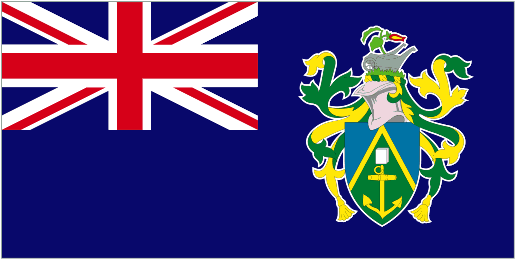
Public domain image courtesy Wikimedia/Dbenbenn
Historical Weather
Average temperature and precipitation, by month, for the Pitcairns.
Average Temperature Years on Record: 44
YEAR----Jan---Feb--Mar--Apr--May--Jun--Jul--Aug--Sep--Oct--Nov--Dec
68 °F----73----73---73---71----68--- 66----66--64---64----66----68---71
Average Precipitation Years on Record: 58
YEAR-----Jan---Feb--Mar--Apr--May---Jun--Jul--Aug---Sep--Oct--Nov---Dec
64.2 in---4.5---5.5---4.7--5.2---5.2---6.1--5.9--4.9---5.4---5.4--4.8---6.4
Feel free to comment here. Thanks for visiting.
This content is accurate and true to the best of the author’s knowledge and is not meant to substitute for formal and individualized advice from a qualified professional.
© 2009 Twmarsh

